Exfoliation is so amazing because it removes dull layers of dead skin, keeping our complexion bright and shiny. However, it’s extraordinarily easy to over-exfoliate your skin. And when you do that, you can cause some serious irritation and inflammation. Hadley Kind, MD, a board-certified dermatologist in New York City, is here to help prevent that from happening with a few basic exfoliating rules.
“We all know that exfoliation is an important part of a skin-care routine,” says Dr. King. “It’s what helps to slough off dead skin cells and makes the skin look particularly glowy and fresh. It helps with discolorations and clogged pores, so it’s doing all good things. The downside of exfoliation can be that it can be irritating and for different skin types.”
This is especially the case when you overdo it.
“Exfoliation is wonderful and it really can make our skin look so glowy and healthy, but not if you’re overdoing it because you’re going to damage that skin barrier and you’re just going to end up dry and irritated and red and flaky,” she says. But “overdoing it” can look like a lot of things. Learn all about Dr. King’s four basic exfoliating rules below.
4 basic exfoliating rules you should follow, according to a dermatologist
1) Don’t do it too often when you’re starting out
“I generally tell people to start exfoliating once or twice a week and then see how they’re doing and you can build up from there depending on how you’re tolerating it,” says Dr King. “Even if you’re just exfoliating once or twice a week, that’s enough to get great benefits.”
Whether or not you go up from there really depends on the strength of your skin. “I exfoliate every single day, but I’m certainly not gonna tell my patients to do that because most of them would end up dry and irritated and they would hate me,” says Dr. King.
2. Stick to one exfoliating product at a time
From cleansers and toners to serums and moisturizers, there are a lot of ways to exfoliate. You want to make sure you’re not using more than one exfoliating product in your routine at a time.
“There are no hard-and-fast rules like you can’t mix an enzyme with a hydroxy acid or you can’t mix an alpha with a beta because it’s all about the formulation and how your skin is tolerating it,” says Dr. King. “There are lots of products that right in one product they mix these things, but they do it in a way to hopefully minimize irritation. If you’re mixing products from different lines, you just have to be more cautious because you may not know if the mix is going to be too much for you. Especially if you tend to have sensitive skin, I would be really cautious about that. So to err on the side of caution, I generally tell people to only use one product that has exfoliation properties in it at a time unless it’s in a line that’s designed to be used together.”
3. Reach for hydroxy acid and enzyme exfoliants over physical
Physical exfoliants like scrubs are tricky because they introduce a lot of room for human error because the intensity of the exfoliation is largely determined by how hard you’re pressing. “If you wanna play it safe enzyme or hydroxy acid formulations will be a little safer to start with compared to physical exploitation,” says Dr. King. These are ingredients that you just have to swipe onto the skin and allow them to work their magic on a cellular level—no pressure required.
This is a papaya enzyme powder that you mix with water in your palms to create a smooth and foamy exfoliating cleanser. “Enzyme option tends to be gentler and still effective,” says Dr. King, who works with Glowoasis. “They’re great for anyone, but particularly a nice option for people who tend to be sensitive or are pregnant.”
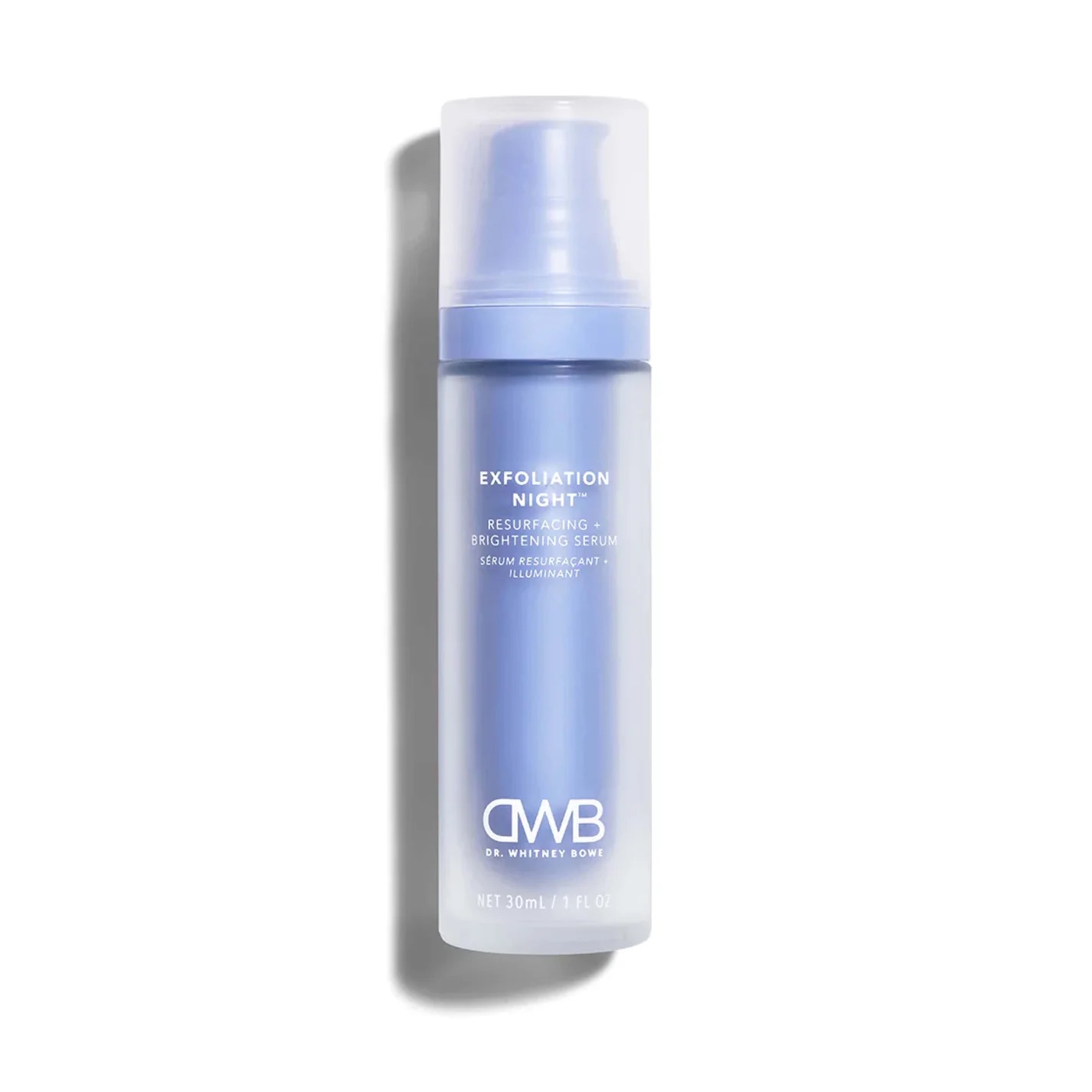
Dermatologist Whitney Bowe, MD (aka the creator of Skin Cycling) formulated this serum so that it’s effective without being irritating. It pairs three acids—alpha-hydroxy acids (AHAs), beta-hydroxy acids (BHAs), and poly-hydroxy acids (PHAs)— with postbiotics which work within the skin to dampen responses of irritation, like redness and stinging.
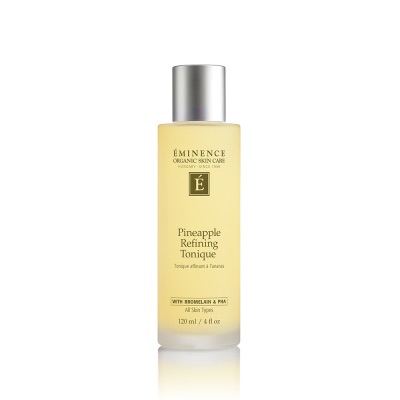
This tonique smells so good you’ll wanna drink it. It features pineapple enzymes to exfoliate skin while tranexamic acid prevents the overproduction of melanin that leads to hyperpigmentation like dark spots and melasma.
<!– –>
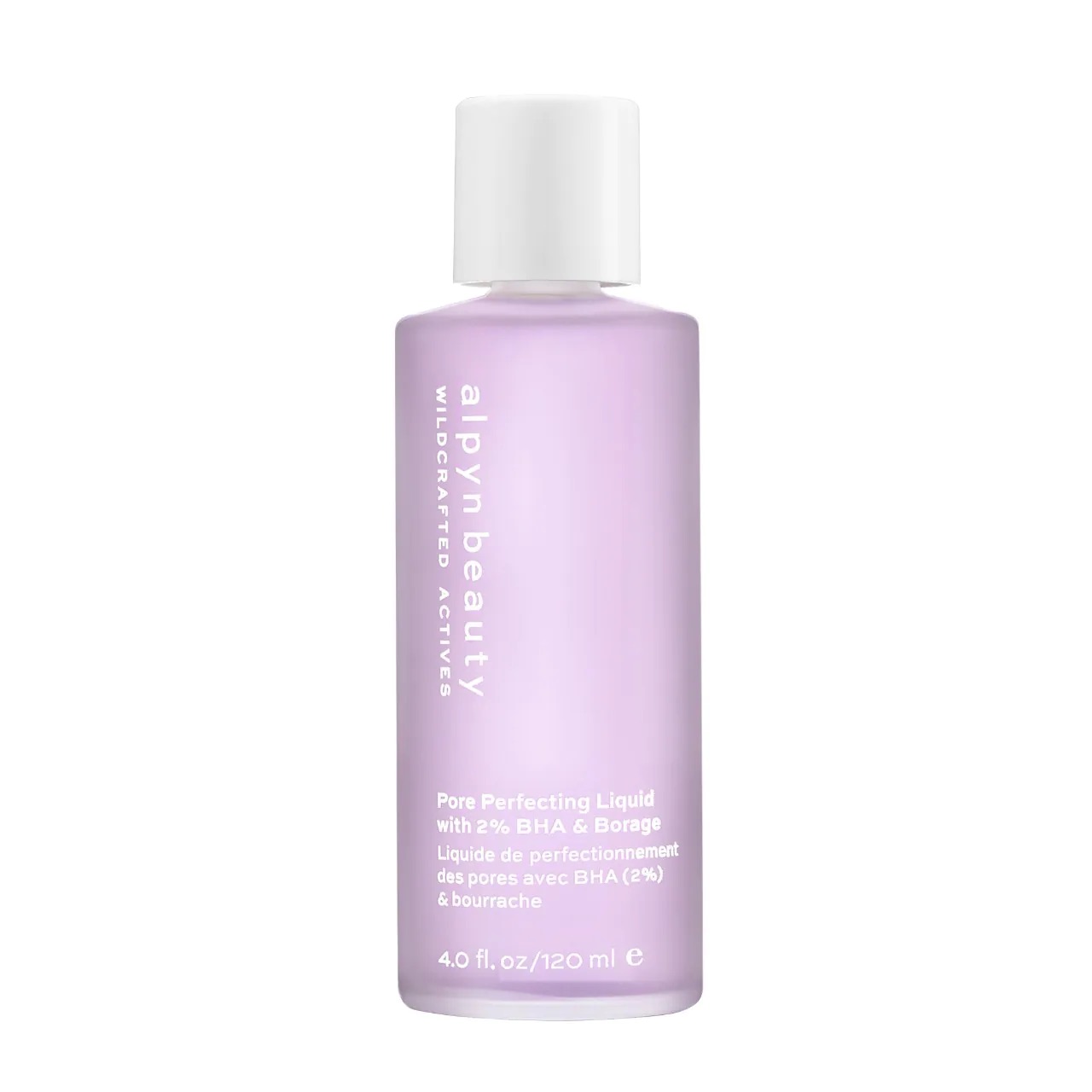
This liquid blends exfoliating 2 percent salicylic acid with brightening and protective vitamin C to treat your skin. To prevent irritation and soothe the skin, it also includes borage extract to soothe and hydrate your skin. It’s never drying and leaves my skin feeling so good.
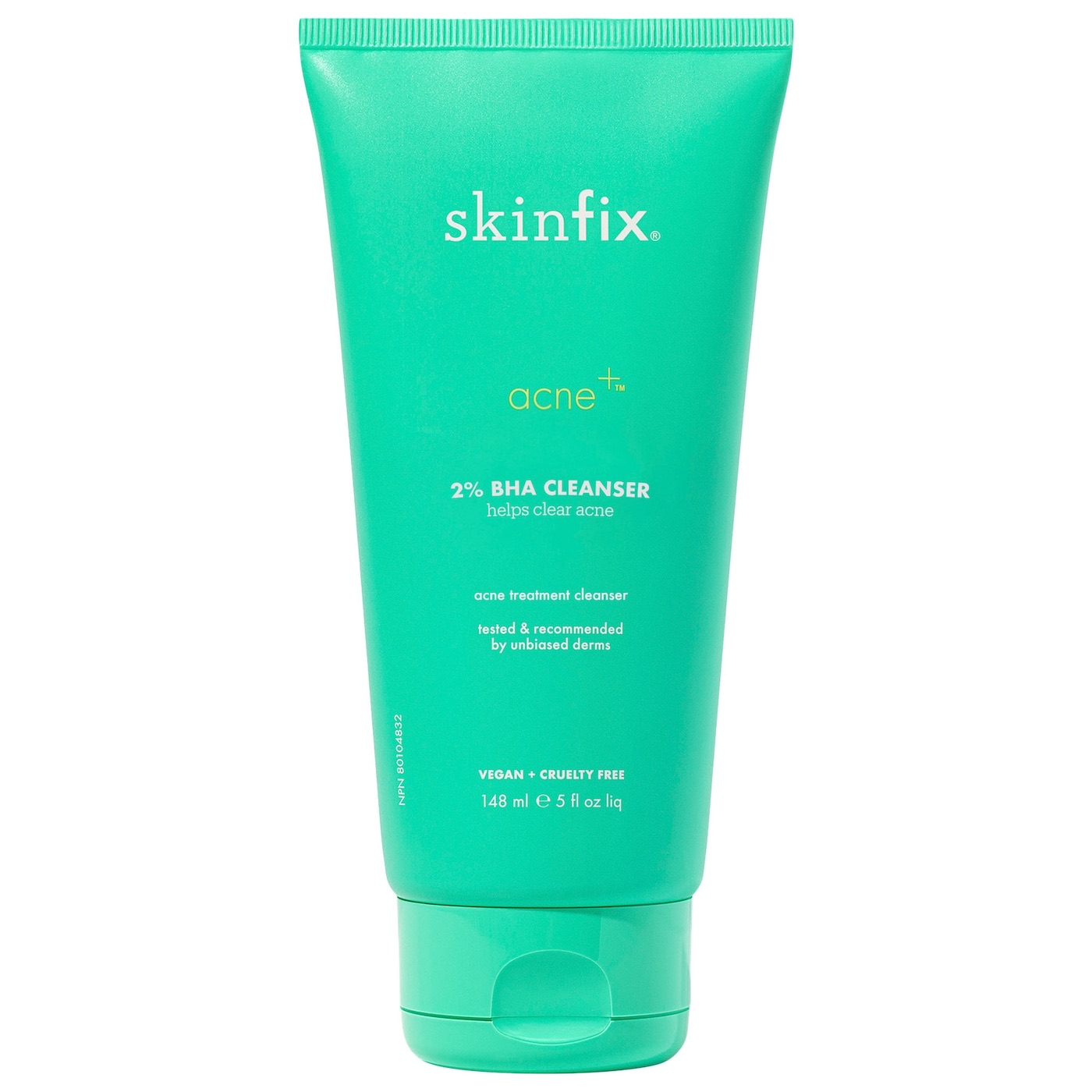
This cleanser has 2 percent salicylic acid (a BHA) along with azelaic acid and glycolic acid (both AHAs) to exfoliate and decongest your skin. It’s also got niacinamide to help regulate oil production and soothe skin.
4. Always follow up with sun protection
“And any time you’re doing any sort of exfoliation, just a reminder that it’s important to protect your skin from the sun,” says Dr. King. “Because exfoliation can make your skin more sensitive to sun damage.”
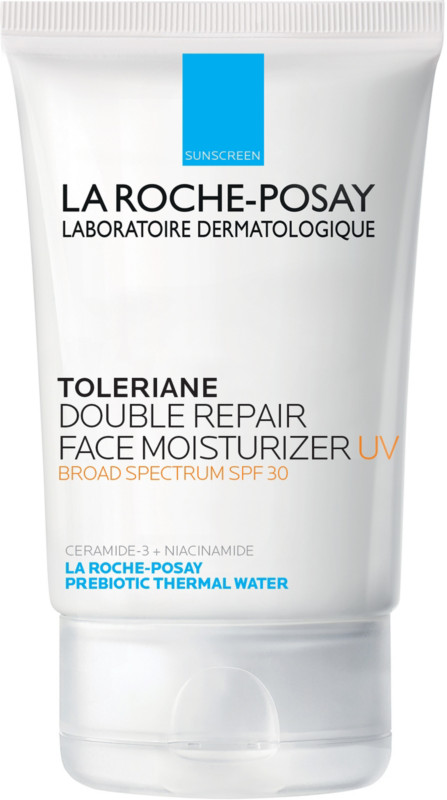
This sunscreen from La Roche Posay is a perfect option. It’s a lightweight, non-greasy chemical SPF that’s made with hydrating glycerin and soothing niacinamide to leave your skin protected and nourished.
